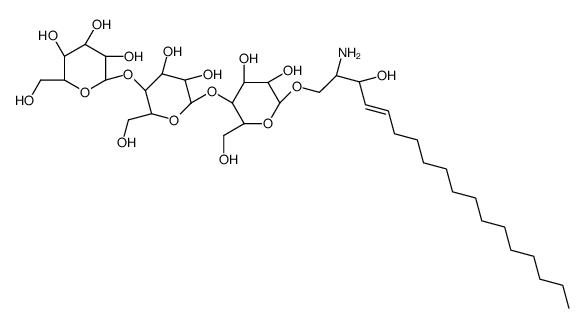| 结构式 | 名称/CAS号 | 全部文献 |
|---|---|---|
 |
α-D-Gal-(1→4)-β-D-Gal-(1→4)-β-D-Glc-1→O-sphingosine
CAS:126550-86-5 |
|
 |
神经鞘氨醇半乳糖苷
CAS:2238-90-6 |